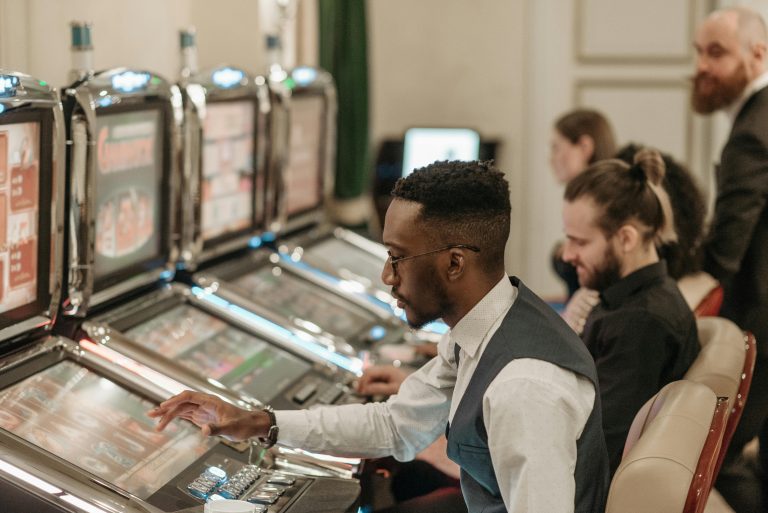Understanding the Psychology Behind Slot Machine Design
Slot machines are not only a game of chance but also a carefully engineered form of entertainment designed to captivate players and keep them coming back for more. Behind their flashing lights, vibrant colors, and enticing sounds lies a deep understanding of human psychology. In this article, we’ll delve into the psychology behind slot machine design and explore the techniques used to keep players engaged.
1. Visual and Audio Stimuli
Slot machines are designed to appeal to our senses, with vibrant graphics, flashing lights, and catchy sound effects. These visual and audio stimuli are carefully crafted to create an immersive and engaging experience. The bright colors and bold designs draw players in, while the sounds of spinning reels and ringing bells provide auditory feedback that reinforces gameplay.
2. The Element of Surprise
Slot machines are inherently unpredictable, and this element of surprise is a key factor in their appeal. Players never know when they’ll hit a jackpot or trigger a bonus round, creating a sense of anticipation and excitement with each spin. This uncertainty keeps players on the edge of their seats and encourages them to continue playing in search of that elusive big win.
3. Variable Reward Schedules
Slot machines operate on a variable reward schedule, meaning that the timing and size of payouts are unpredictable. This creates a sense of gambling and risk-taking behavior, as players are constantly chasing the next big win. Even near-misses, where the symbols on the reels come close to forming a winning combination, can trigger a release of dopamine in the brain, further reinforcing gambling behavior.
4. Illusion of Control
Despite being games of chance, slot 10k machines often give players the illusion of control. Features such as “hold” buttons and “nudge” features allow players to manipulate the reels in an attempt to influence the outcome of the game. While these features have little impact on the actual payout of the machine, they give players a sense of agency and empowerment, keeping them engaged in the gameplay.
Visit: Roaming the World
5. Social Proof and Community
Many modern slot machines incorporate social elements, such as leaderboards, multiplayer modes, and social media integration. These features tap into our innate desire for social interaction and community, creating a sense of camaraderie among players. By sharing their wins and achievements with friends and followers, players feel validated and rewarded, further reinforcing their engagement with the game.
6. Loss Aversion and Near-Misses
Slot machines are designed to exploit our natural tendency towards loss aversion, the psychological phenomenon where we feel the pain of losses more acutely than the pleasure of gains. Near-misses, where the symbols on the reels come close to forming a winning combination but ultimately fall short, are particularly effective at triggering this response. Players are more likely to continue playing after experiencing a near-miss, believing that they are close to a winning outcome.
Conclusion: The Art of Slot Machine Design
Slot machines are masterpieces of psychological manipulation, carefully crafted to keep players engaged and entertained. From their captivating visuals and catchy sound effects to their unpredictable payout schedules and social features, every aspect of slot machine design is optimized to maximize player enjoyment and engagement. By understanding the psychology behind slot machine design, we can gain insight into our own gambling behavior and make more informed decisions when playing.





